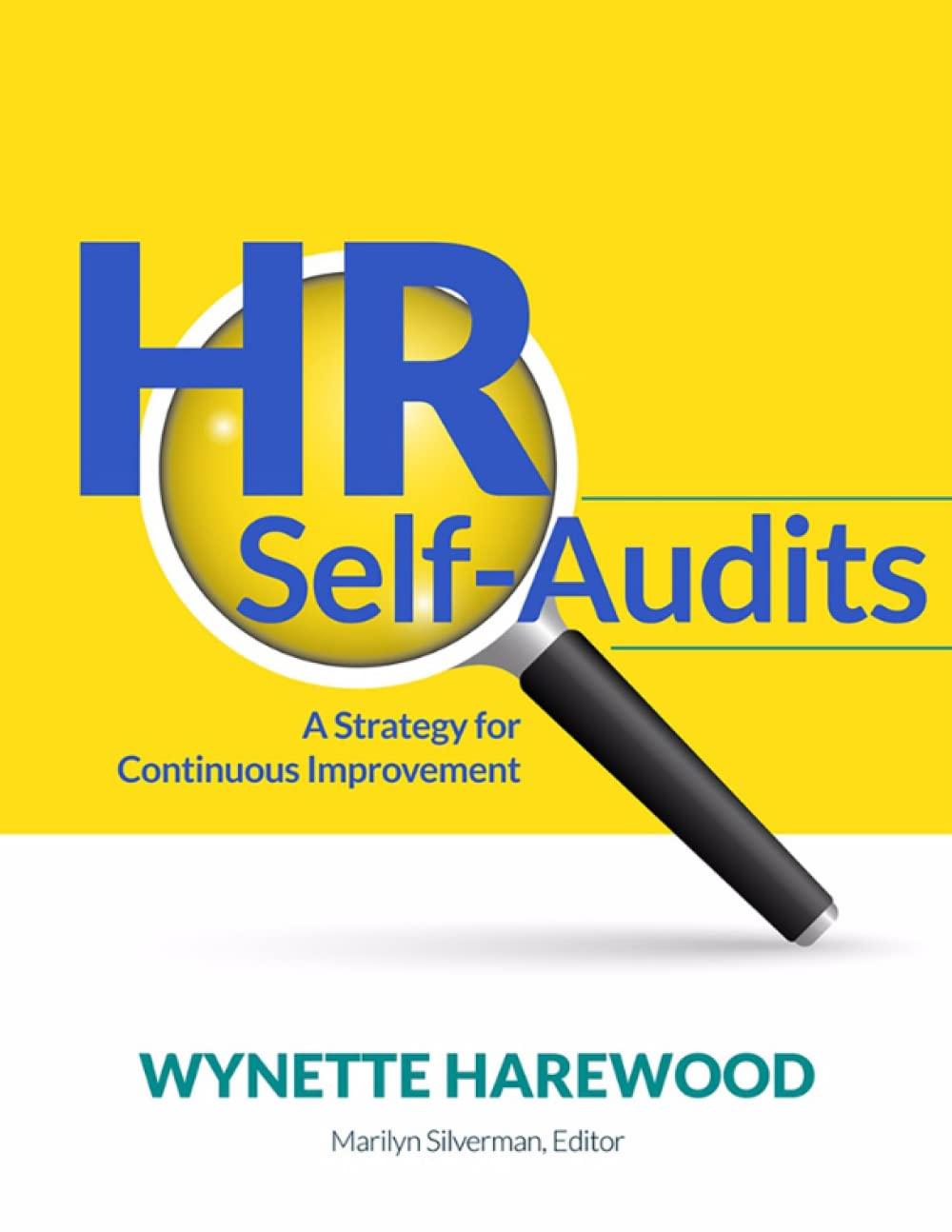Question
A parent company acquired 75% of the stock of a subsidiary company on January 1, 2012, for $280,000. On this date, the balances of the
A parent company acquired 75% of the stock of a subsidiary company on January 1, 2012, for $280,000. On this date, the balances of the subsidiarys stockholders equity accounts were Common Stock, $195,000 and Retained Earnings, $45,000. On January 1, 2012, the market value for the 25% of shares not purchased by the parent was $90,000.
On January 1, 2012, the subsidiarys recorded book values were equal to fair values for all items except four: (1) accounts receivable had a book value of $55,000 and a fair value of $48,000, (2) PPE, net had a book value of $150,000 and a fair value of $168,000, (3) a previously unrecorded customer list intangible asset had a book value of $0 and a fair value of $30,000, and (4) notes payable had a book value of $30,000 and a fair value of $25,000. On the acquisition date, the subsidiarys PPE, net had a remaining useful life of 10 years, the customer list had a remaining useful life of 4 years, and notes payable had a remaining term of 5 years. The accounts receivable are collected in the following year.
On January 1, 2015, the parent sold a building to the sub for $80,000. On this date, the building was carried on the parent's books (net of accumulated depreciation) at $55,000. Both companies estimated that the building had an estimated useful life of 10 years on the intercompany sale date, with no salvage value.
Each company routinely sells merchandise to the other company, with a profit margin of 40% of sales price (regardless of the direction of sale). During 2016, intercompany sales amount to $50,000, of which $20,000 of merchandise remains in the ending inventory of the sub. On December 31, 2016, $10,000 of these intercompany sales remain unpaid. Additionally, the parent's December 31, 2015 inventory includes $15,000 of merchandise purchased in the preceding year from the sub. During 2015, intercompany sales amount to $40,000, and on December 31, 2015, $8,000 of those intercompany sales remain unpaid.
The parent accounts for its Investment in the sub using the equity method. Unconfirmed (deferred) profits are allocated pro-rata. The pre-closing trial balances (and additional information) for the two companies for the year ended December 31, 2016, are provided below:
Required:
1. Complete the Determination & Distribution of Excess Schedule and the Amortization Schedule.
2. Complete the Income Distribution Schedule.
3. Prepare the consolidation entries and the Consolidated Financial Statements for December, 31, 2016.
| Pre-consolidation Financial Statements for the Year Ended December 31, 2016 | ||
| Income Statement | Parent | Sub |
| Sales | (720000) | (270000) |
| Cost of Goods Sold | 432000 | 162000 |
| Gross Profit | (288000) | (108000) |
| Depreciation & amortization expense | 18000 | 14400 |
| Operating expenses | 226000 | 54100 |
| Interest expense | 8000 | 3500 |
| Total expenses | 252000 | 72000 |
| Equity in Sub's Income | (23900) | |
| Net income | (59900) | (36000) |
| Statement of Ret. earnings | ||
| Retained earnings, 1/1/2016 | (322200) | (165000) |
| Net income | (59900) | (36000) |
| Dividends declared | 90000 | 21000 |
| Retained earnings, 12/31/16 | (292100) | (180000) |
| Balance sheet | ||
| Cash | 58080 | 42500 |
| Accounts receivable | 81000 | 60000 |
| Inventories | 195000 | 91500 |
| PPE, net | 189000 | 135000 |
| Other assets | 85500 | 150000 |
| Investment in Sub | 325500 | |
| Total assets | 934080 | 479000 |
| Accounts payable | (168000) | (35000) |
| Notes payable | (80980) | (30000) |
| Other liabilities | (33000) | (39000) |
| Common stock | (360000) | (195000) |
| Retained earnings | (292100) | (180000) |
| Total liabilities and stockholders' equity | (934080) | (479000) |
Step by Step Solution
There are 3 Steps involved in it
Step: 1

Get Instant Access to Expert-Tailored Solutions
See step-by-step solutions with expert insights and AI powered tools for academic success
Step: 2

Step: 3

Ace Your Homework with AI
Get the answers you need in no time with our AI-driven, step-by-step assistance
Get Started


